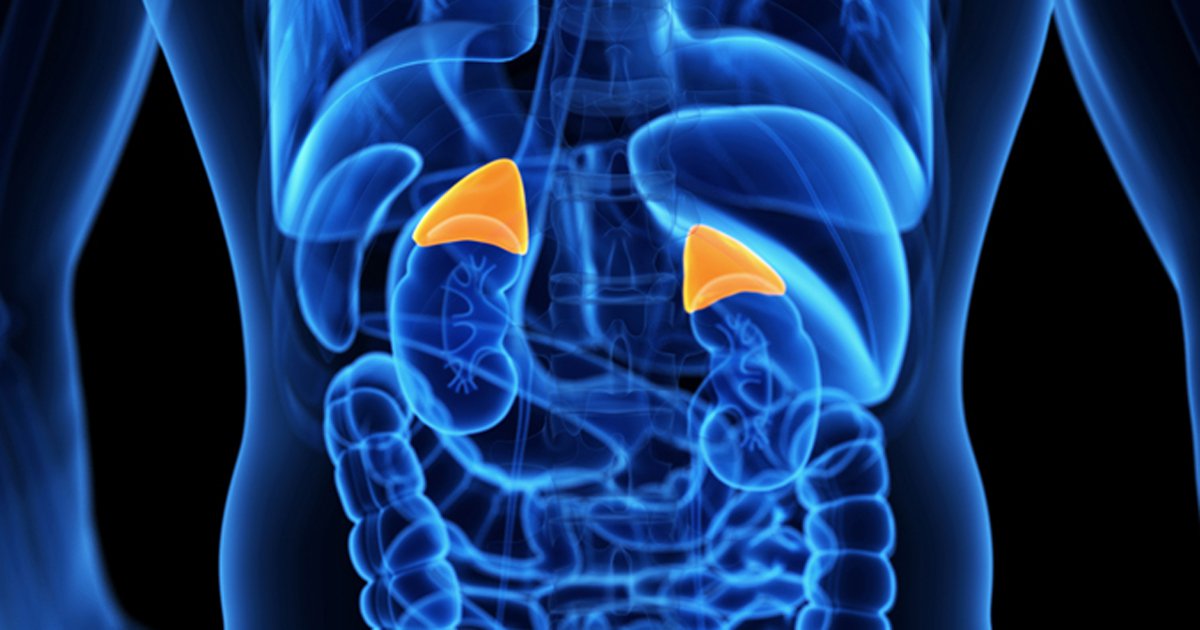Key takeaways:
- Adrenalectomy did not lead to an improvement in BMD for adults with mild autonomous cortisol secretion.
- An increase in spine trabecular bone score was observed in the mild autonomous cortisol secretion group.
NEW ORLEANS —A small group of adults with mild autonomous cortisol secretion had an increase in spine trabecular bone score following adrenalectomy, according to a speaker at the AACE annual meeting.
However, researchers observed no increase in bone mineral density.

Adults with mild autonomous cortisol secretion may have improvements in bone quality following an adrenalectomy. Image: Adobe Stock
“Finding improvement in trabecular bone score of patients with mild autonomous cortisol secretion despite a small sample size is very encouraging,” Jasmine Saini, MBBS, a research fellow at Mayo Clinic in Rochester, Minnesota, and a master’s degree candidate at the Mayo Graduate School for Clinical and Translational Research, told Healio. “Considering that improvement in trabecular bone score was not mirrored by improvement in bone density, our findings suggest that mild autonomous cortisol secretion impacts bone quality rather, or more, than bone density, and bone density may not identify patients at risk for fractures due to mild autonomous cortisol secretion.”

Jasmine Saini
Saini and colleagues conducted a single-center prospective cohort study of adults with mild autonomous cortisol secretion who were scheduled to undergo adrenalectomy from April 2018 to August 2023 at the Mayo Clinic’s endocrine outpatient department. Mild autonomous cortisol secretion was defined as a post-dexamethasone suppression test cortisol level of more than 1.8 mcg/dL without hypercortisolism features. Adults who underwent adrenalectomy were matched by age and sex with a reference group of adults who had abdominal imaging performed within the last 5 years that ruled out an adrenal mass. The mild autonomous cortisol secretion group underwent adrenalectomy between baseline and follow-up. Participants in both groups had BMD scans with trabecular bone score calculated at baseline and 10 months. BMD was measured at the femur neck, total femur, spine vertebrae L1 to L4 and forearm radius 1/3. Trabecular bone score was calculated at spine vertebrae L1 to L4.
There were 41 adults with mild autonomous cortisol secretion (mean age, 57.3 years; 66% women) matched with 31 adults in the reference group (mean age, 49 years; 84% women). No change in femur neck BMD, total femur BMD or spine BMD was observed for either group. Forearm radius 1/3 BMD declined by 0.034 g/cm in the mild autonomous cortisol secretion group from before adrenalectomy to after the procedure (P < .001) and by 0.018 g/cm in the reference group (P < .001) from baseline to 10 months.
“Notably, this is a small study of a relatively short follow-up, and our findings related to bone density need to be confirmed in larger studies with longer follow-up,” Saini said. “It is possible that bone density assessment by itself does not capture the full mild autonomous cortisol secretion-induced impairment on bone health, and is just not the most optimal test in this population.”
Trabecular bone score at the spine increased by 0.037 points in the mild autonomous cortisol secretion group from before adrenalectomy to after the procedure (P = .015), whereas the reference group had no change in trabecular bone score from baseline to 10 months.
Saini said larger prospective studies comparing adrenalectomy with conservative management in mild autonomous cortisol secretion are needed. Studies are also needed to assess the impact of medical therapies on cortisol production, metabolism and bone health sensitivity, according to Saini.
